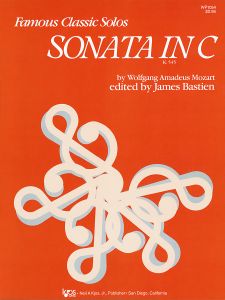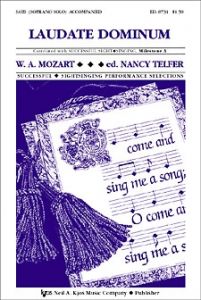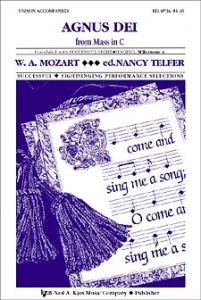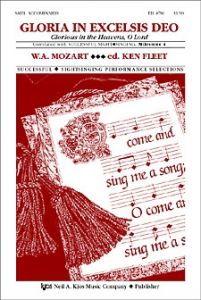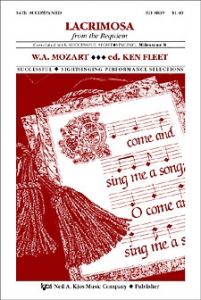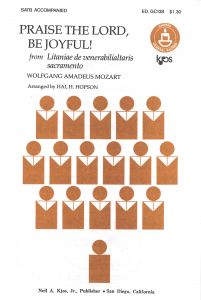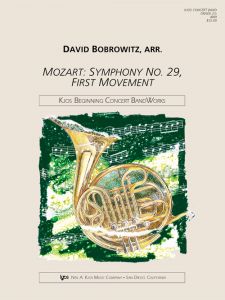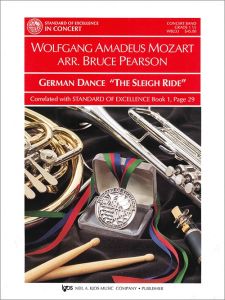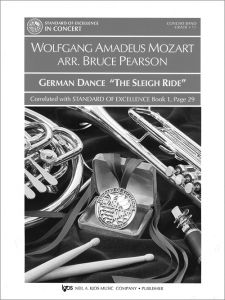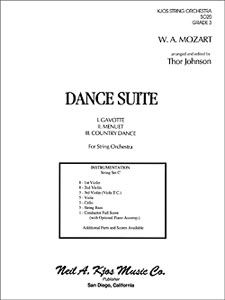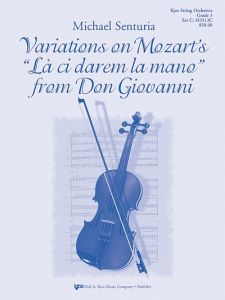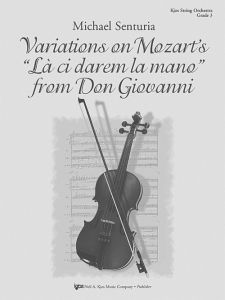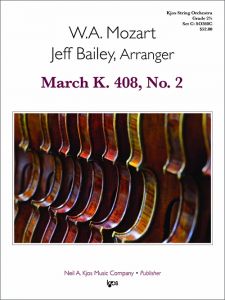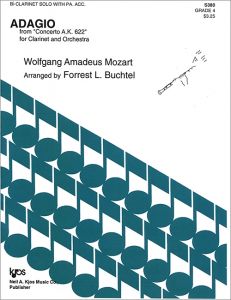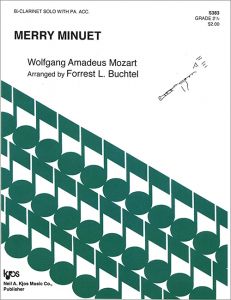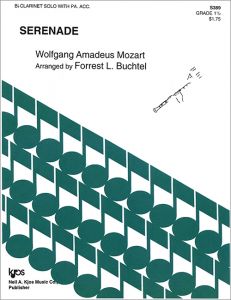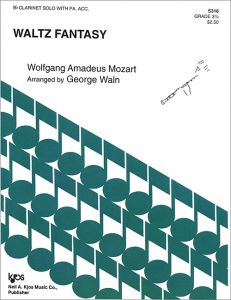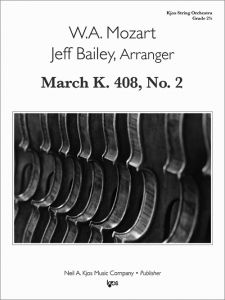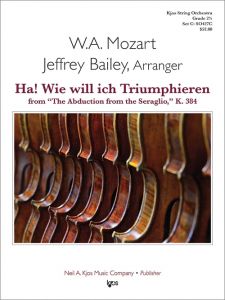Wolfgang Amadeus Mozart

He displayed marked musical gifts very early, playing the keyboard confidently when aged four, composing his first pieces for it aged five, and quickly mastering the violin. Leopold was keen to exhibit his son's extraordinary talents, along with those of his gifted pianist-daughter, Maria-Anna (called Nannerl) (1751 - 1829), and he undertook a series of tours across Europe with them when Mozart was just six years old.
In 1767 the family went for five months to Vienna, where Mozart wrote an opera buffa (comic opera) for the Emperor, La finta semplice (trans, The Pretend Simpleton); and a Singspiel (a German-language opera with some spoken dialogue), Bastien und Bastienne (1769), commissioned by Dr. Franz Anton Mesmer. However, in Vienna the Italian musicians at court, including the composer Antonio Salieri, made it difficult for him to produce his operas. He returned to Salzburg, and was appointed honorary Konzertmeister to Archbishop Sigismund von Schrattenbach.
There followed three extended visits by father and son to Italy (1770-2). Musical experience gained on these tours helped mould Mozart's style, especially in dramatic music. He was prolific, writing sacred vocal pieces and instrumental works too. By 1772 he had written about 25 symphonies (some are lost), and his first quartets. Further quartets and symphonies followed during and after a visit to Vienna in 1773, when he came into contact with Haydn's music. Between 1775-6 he composed two operas: La finta giardiniera (trans The Lady Who Disguised Herself as a Gardener) and Il re pastore (trans The Shepherd King); five violin concertos; the Haffner Serenade, and masses for the Salzburg Court Chapel. Bach, Haydn, Handel, and the Italian composers were all major influences on him at the time.
Unhappy with the austere and unmusical Archbishop Colloredo of Salzburg, who was appointed at the death of Sigismund, Mozart left his service in 1777 and, traveling with his mother, sought employment elsewhere. They stayed at Mannheim, where he composed some piano concertos and flute quartets, and fell in love with a coloratura soprano, Aloysia Weber. In 1778 his mother died in Paris. He composed the Paris symphony the same year. His father then persuaded him to return to Salzburg. Mozart visited the Webers on his way back to find that Aloysia seemed to have forgotten him entirely.
Back in Salzburg, Mozart reluctantly accepted the post of court organist (1779). At this time he composed the Coronation Mass (1779), the Sinfonia Concertante in E Flat Major for Violin, Viola and Orchestra, and the Serenade in D Major. In 1780 he received an important commission from Munich, the opera seria (serious opera) Idomeneo. In 1781 Colloredo summoned Mozart to Vienna for the coronation of Emperor Joseph II. Again, he left the archbishop's service, this time after a stormy scene, but remained in Vienna, which became his home for the rest of his short, full life.
Aloysia Weber had married a court actor and Mozart had turned his attentions to her sister Constanze, whom he married in 1782 - the year of his Singspiel , Die Entfhrung aus dem Serail (trans. The Abduction from the Harem). Married life was humorous and happy, but financially insecure. Mozart eked out his income by teaching. They had six children, two of whom survived. He became a Freemason in 1784, and in the same year he produced six piano concertos. In 1785 he composed a further three, and in 1786 three more. These marked the rich flowering of his maturity, along with the six quartets dedicated to Haydn; the Linz and Prague symphonies; and the three Italian comic masterpieces composed to libretti by Lorenzo da Ponte: Le Nozze di Figaro (1786, The Marriage of Figaro, after Beaumarchais), Don Giovanni (first performed in Prague, 1787), and Cosi fan tutte (1790, trans Thus All Women). The string quintets in C major and G minor (1787), the last three symphonies (1788) - including his masterpiece of counterpoint, the Symphony no.41 in C Major, the Jupiter - the quartets for the King of Prussia, and a clarinet quintet mark the peak of his instrumental powers.
The letters to fellow Masons in his last three years make sad reading, reflecting his countless anxieties about finance or health. He hoped for new commissions or a court post on the accession of Emperor Leopold II, but nothing was forthcoming. In 1791 he applied unsuccessfully for the post of Kapellmeister of St. Stephen's Cathedral. His last complete works were the masonic Singspiel, Die Zauberflote (1791, The Magic Flute); an opera seria, La clemenze di Tito (1791, The Mercy of Tito), and a clarinet concerto for Leopold's coronation. Commissioned by an unknown stranger to compose the Requiem Mass, Mozart became obsessed with the idea that it was for his own death, and he died before the work was finished after a three-week fever. No convincing evidence about the cause of death has come to light, although there has been much speculation about it. Deeply in debt at the time of his death, Mozart did not live long enough to enjoy the financial rewards from the success of The Magic Flute, and was buried in a pauper's grave.



